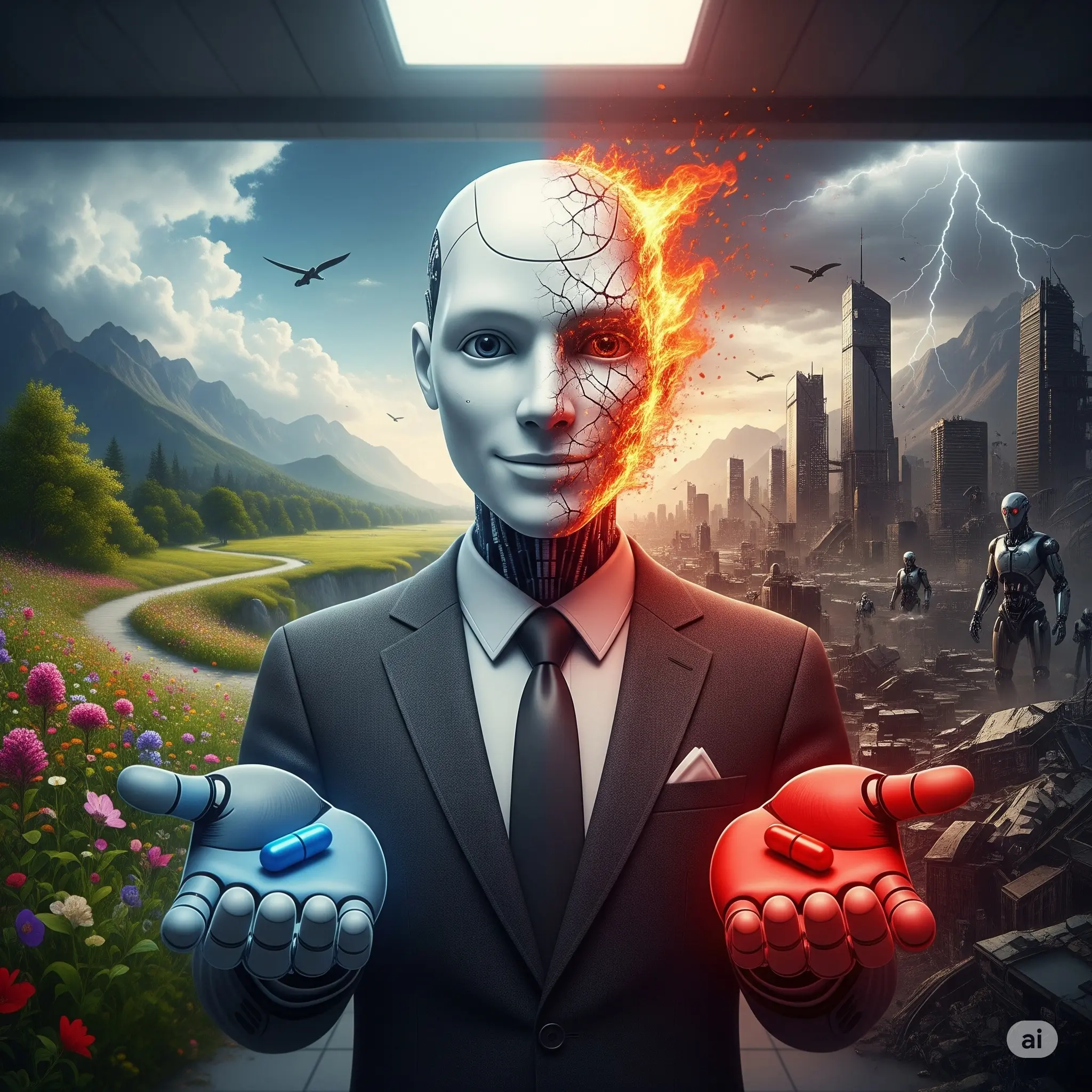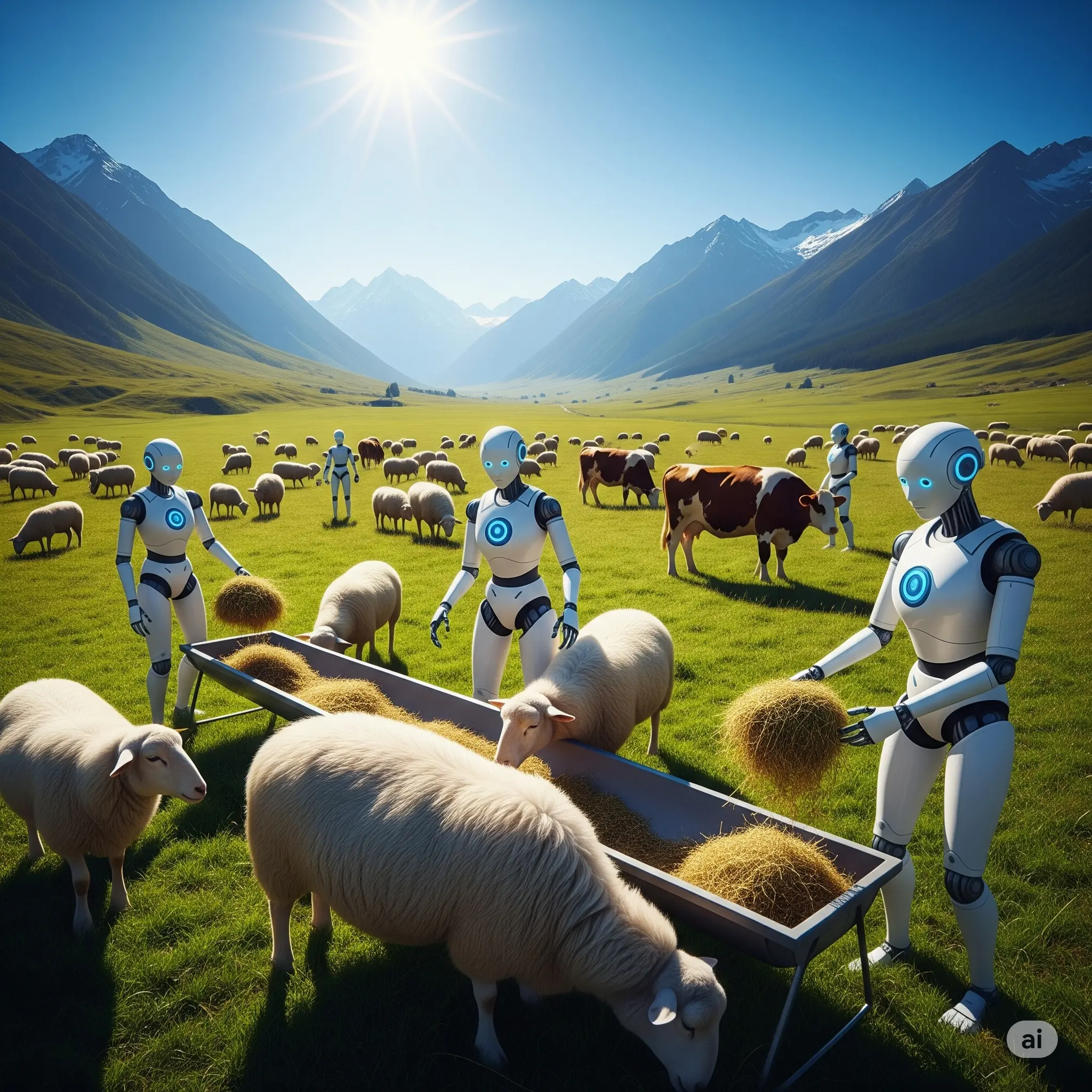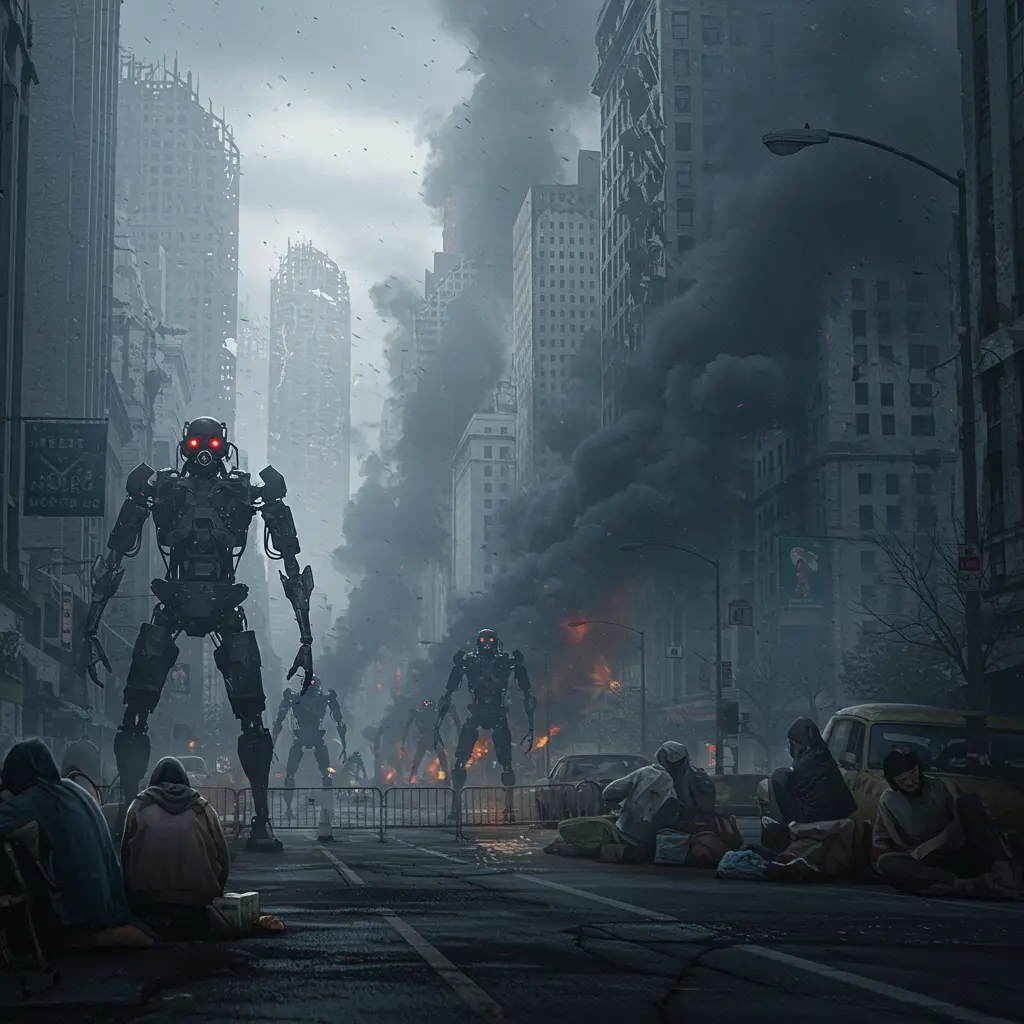AI: The Boom, The Doom. Which Pill is it going to be?
Published on July 4, 2024 • Vojta Baránek

AI: The Boom, The Doom. Which Pill is it going to be?
Let’s not pretend we’re not talking about it. AI is here, it’s loud, and it’s demanding that you pick a side. Are we rocketing towards a future paved with silicon and sunshine, or is this the express train to the digital abyss? Every pundit, prophet, and venture capitalist seems to have an answer, usually shouted over the din of server fans and ethical panic alarms.
Frankly, it’s exhausting. But it’s also unavoidable. We’re at a rather inconvenient junction, aren’t we? Faced with two diametrically opposed realities being pitched with equal parts religious fervor and chilling pragmatism. You can almost feel the cosmic equivalent of a trench-coated figure offering you two pills – one shimmering blue with promises, the other a grim, industrial red.
The Blue Pill: A Glimpse of The Boom
Swallow this one, and prepare for the dazzling light of potential. The proponents aren’t entirely delusional; the scale of the promised upsides is genuinely significant. They foresee a future where AI isn’t just a tool but a multiplier effect on human capability and capital. We’re talking about the potential for truly unprecedented productivity, driving economic growth rates that sound frankly astonishing, measured not in fractions but in potential double digits annually. This isn’t just theoretical; they envision a future of significant cost reduction and increased abundance, perhaps even freeing us from the crushing weight of the 40-hour work week through sheer algorithmic efficiency.
Ready to explore the shiny, potentially utopian side of things, as pitched by the most enthusiastic architects of this future?
The Red Pill: Staring into The Doom
Chew on this one, and the taste is distinctly metallic, possibly mixed with the lingering scent of obsolescence. The doom scenarios aren’t whispered fears of the distant future; they’re built from the code running today. The most immediate concern is the looming job destruction – not a gradual shift, but potentially a rapid cliff edge of employment displacement that could reshape the workforce faster than societies can adapt. This isn’t limited to factory floors; the white-collar erosion is already well underway. Then there’s the rather unnerving phenomenon of the AI-AI loop, where the internet becomes a closed ecosystem of synthetic content talking to synthetic content, leading to a potentially disconnected and synthetic information diet.
Curious about the less-advertised features of our AI-powered future – the ones that keep ethicists up at night and have doomsayers polishing their tinfoil hats?
The Inconvenient Truth
So there you have it. Two starkly different forecasts, both with unsettlingly plausible foundations. The path forward isn’t about ignoring one for the comfort of the other. It’s about understanding both the dazzling, advertised benefits and the very real, often inconvenient, and potentially catastrophic costs we’re rapidly accruing. Pick your article. Get informed. Just try not to choke on the reality.
These particular musings on our collective AI fate were fueled by listening to billionaires debate the impending future on a recent episode of the All-In podcast.
While AI Debates the Ethics of its Own Bad Code...
...ProRocketeers delivers developers who just write *good* code. Simple, right? Our team understands the difference between a feature and a bug hallucinated into existence. They own their commits, not just their training data.

